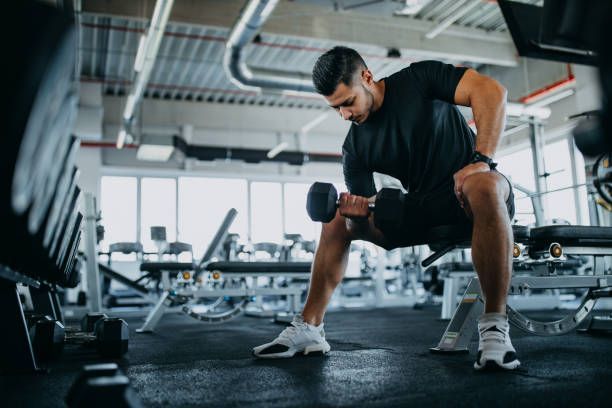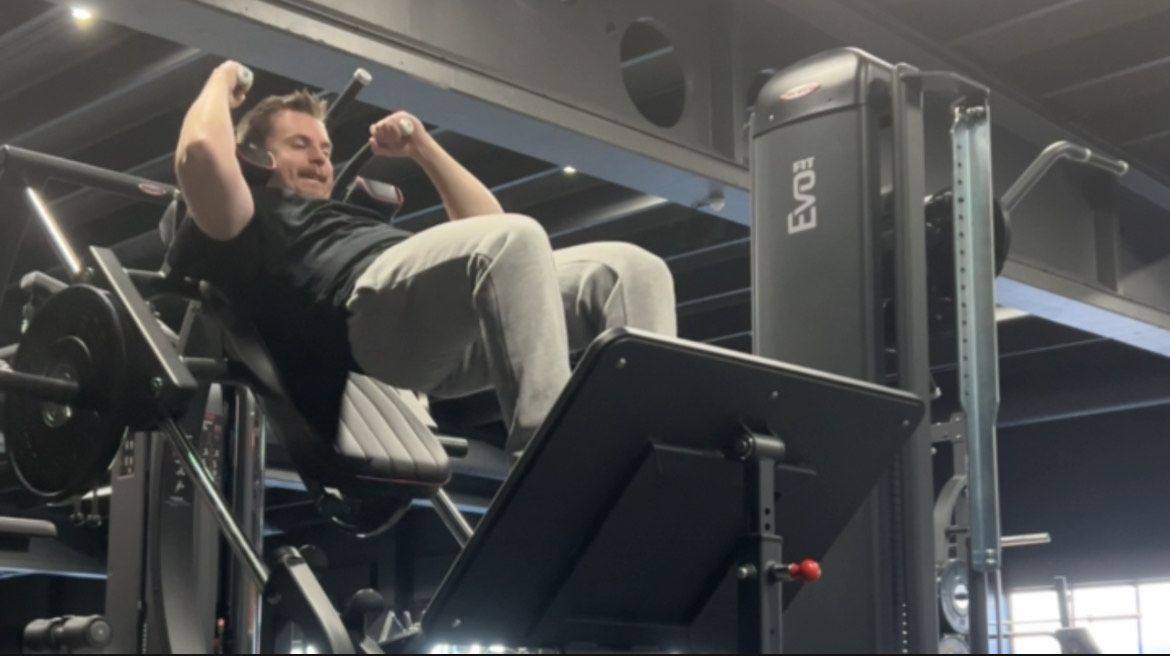Why you should try using the smith machine
The Smith Machine: Why You Should Consider Adding It to Your Workout Routine
The Smith machine is a versatile and often misunderstood piece of gym equipment. It consists of a barbell fixed within steel rails, allowing for vertical or near-vertical movement along a controlled path. While some fitness purists may argue that it limits range of motion and hinders the development of stabilizing muscles, the Smith machine offers several unique advantages that can benefit beginners and advanced lifters alike.
In this article, we’ll dive deep into the reasons you might want to consider incorporating the Smith machine into your workout regimen, the benefits it offers, how to use it correctly, and some common misconceptions.
1. Enhanced Safety for Solo Lifters
One of the primary advantages of the Smith machine is the added safety it offers, especially for those who train alone. Unlike free weights, where a failed lift can result in the barbell crashing down uncontrollably, the Smith machine includes safety hooks at regular intervals. These hooks allow you to easily lock the barbell in place if you’re unable to complete a rep.
- Benefits for Beginners: New lifters, who may not have perfect form or the ability to gauge how much weight they can handle, can lift with greater confidence knowing they can lock the bar at any point.
- Advanced Lifters: Experienced gym-goers can use the Smith machine for heavy compound movements like squats or bench presses when a spotter isn’t available. This allows them to train to failure without the risk of injury.
2. Control and Stability for Form Improvement
The fixed path of the Smith machine ensures that the bar moves in a straight line, which can help maintain proper form, especially in exercises where lifters might struggle with balance or stabilization. This can be particularly beneficial in certain lifts, like squats, where technique plays a crucial role in both performance and injury prevention.
- Squats: The Smith machine helps you maintain an upright torso, reducing forward lean and ensuring the weight stays on your quads and glutes rather than shifting to your lower back.
- Lunges: Lunges can be tricky to balance with a barbell on your back. The Smith machine removes the instability factor, allowing you to focus on activating the target muscles—quadriceps, glutes, and hamstrings—without worrying about falling or tipping over.
For those recovering from injuries or with mobility issues, the controlled movement pattern can make it easier to lift weights without compromising form or aggravating previous injuries.
3. Target Muscle Isolation
The Smith machine’s guided movement allows you to focus on isolating specific muscle groups more effectively, which is great for hypertrophy (muscle growth). When using free weights, your body recruits stabilizer muscles to maintain balance, which can sometimes take focus away from the primary muscles you’re targeting. With the Smith machine, these stabilizers are less active, allowing you to fully concentrate on the target muscle.
Exercises Where Muscle Isolation Shines:
- Bench Press: On the Smith machine, you can place more emphasis on the chest muscles because you don’t have to stabilize the bar in multiple planes of motion. You can even change foot positioning to enhance muscle recruitment (e.g., feet up on the bench to isolate the chest more).
- Overhead Press: By reducing the need to balance the bar, the Smith machine overhead press targets the deltoids more directly.
- Calf Raises: Standing calf raises on the Smith machine allow you to load the calves heavily without worrying about balance, maximizing contraction and stimulation.
4. Accommodates All Experience Levels
Whether you’re a novice lifter just getting started or a seasoned veteran, the Smith machine can be adapted to suit your needs. Here’s how it benefits different experience levels:
- Beginners: New gym-goers often lack the strength and coordination required to perform free weight exercises with good form. The Smith machine helps them develop muscle memory, allowing them to focus on movement patterns before transitioning to more complex free weight lifts.
- Intermediate Lifters: For lifters in the intermediate stage, the Smith machine can be a tool for progressive overload in a controlled environment, allowing them to push heavier weights on exercises like squats, lunges, and presses with confidence.
- Advanced Lifters: Experienced lifters can use the Smith machine for overload techniques like drop sets, forced reps, and training to failure. They can also incorporate unique variations of exercises that are difficult or impossible with free weights, like pressing with a modified range of motion or setting the bar to different levels to challenge specific muscle groups.
5. Helps with Progressive Overload and Variations
Progressive overload—gradually increasing the weight or resistance to promote muscle growth—is essential for strength and hypertrophy gains. The Smith machine offers an easy and effective way to apply this principle. You can confidently add weight over time, knowing the controlled motion helps reduce the risk of injury associated with poor form.
Additionally, the Smith machine allows for unique variations that may not be possible with free weights:
- Reverse-Grip Bench Press: This variation places more emphasis on the upper chest and triceps, which is harder to balance using a free weight barbell.
- Feet-Elevated Decline Push-Ups: Place your feet on the barbell of a Smith machine to perform a decline push-up. Adjusting the height of the bar changes the intensity and challenge of the movement.
- Inverted Rows: The Smith machine allows for easy setup of inverted rows, where you can perform bodyweight rows by lying underneath the bar and pulling yourself up.
The ability to adjust the bar height makes the Smith machine perfect for exercises that require specific positioning, like partial reps or movements at different angles.
6. Allows for Specialized Training Techniques
The Smith machine opens up opportunities for specialized training techniques that help break through plateaus or add new stimulus to your muscles. Some techniques to consider include:
1. Tempo Training
With free weights, controlling the lowering (eccentric) phase of a lift is challenging when fatigue sets in. The Smith machine makes it easier to focus on slow, controlled reps. For example, you can perform a 4-5 second lowering phase during squats or bench presses to emphasize time under tension, leading to greater muscle growth.
2. Partial Reps
If you want to improve your lockout strength or target a specific part of a movement, partial reps are an effective tool. The Smith machine lets you adjust the range of motion, performing only the top or bottom half of a lift to build strength where you're weakest.
3. Negatives (Eccentric Training)
In eccentric training, you focus on the lowering part of the movement. Since the Smith machine stabilizes the bar, you can overload the eccentric portion of an exercise by using a heavier weight than normal. A spotter or the Smith machine’s safety hooks can assist with the upward portion of the lift.
7. Great for Injury Prevention and Rehab
For those recovering from an injury or dealing with mobility restrictions, the Smith machine is an excellent tool for maintaining muscle mass and strength while avoiding further strain or reinjury. The controlled movement pattern can reduce the risk of improper form, especially in exercises like squats and presses where mobility issues can lead to compensation patterns that may exacerbate existing injuries.
- Knee Pain: The Smith machine allows for modifications, such as reverse lunges or box squats, which can reduce strain on the knees while still strengthening the legs and glutes.
- Shoulder Rehab: For people with shoulder injuries, exercises like the Smith machine upright row or incline press can be performed with reduced range of motion or adjusted hand positioning to avoid further aggravating the shoulder joint.
8. Supplementing Free Weight Training
The Smith machine doesn’t have to replace free weights but can be used in conjunction with them to add variety and a different type of challenge to your routine. Here’s how it can complement your free weight workouts:
- Warm-up or Finisher: Use the Smith machine for lighter, controlled movements as part of your warm-up or as a burnout at the end of your session.
- Assistance Work: After doing heavy free weight squats or bench presses, use the Smith machine for higher-rep accessory work, focusing on time under tension and strict form.
- Filling Gaps: If your gym is crowded or lacks equipment, the Smith machine is a great backup for exercises like squats, deadlifts, or overhead presses.
Common Misconceptions About the Smith Machine
1. It Doesn't Build Functional Strength
Critics argue that the Smith machine limits natural movement and thus doesn’t build “functional strength.” While it’s true that free weights are superior for developing overall balance and coordination, the Smith machine can still build strength and size effectively when used correctly. It’s a tool, not a replacement for all exercises.
2. It Causes Injuries
Some lifters claim the Smith machine causes injuries by forcing the body into unnatural movement patterns. This risk exists only if the Smith machine is used improperly. Using the Smith machine with poor form—such as standing too far forward or backward during squats—can cause joint strain. However, when used correctly with proper alignment, the Smith machine can reduce injury risk compared to free weights.
Conclusion
The Smith machine is a valuable tool for both beginners and advanced lifters, offering safety, control, and the ability to isolate muscles more effectively than free weights in certain movements. Whether you’re training alone, recovering from an injury, or looking to supplement your free weight routine with specialized training techniques, the Smith machine can











